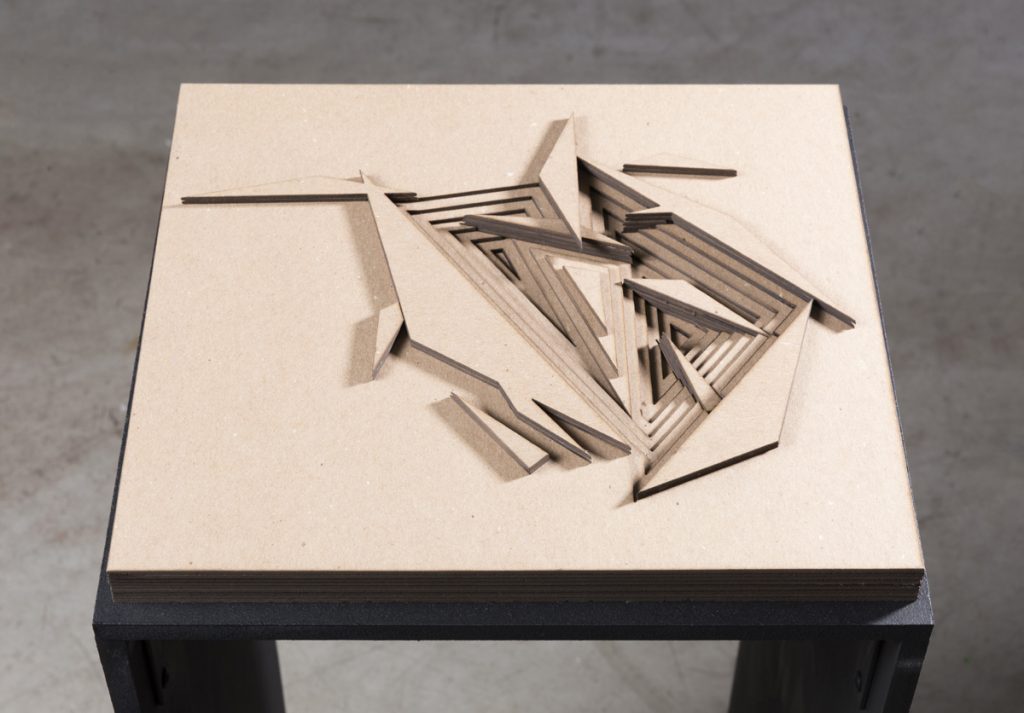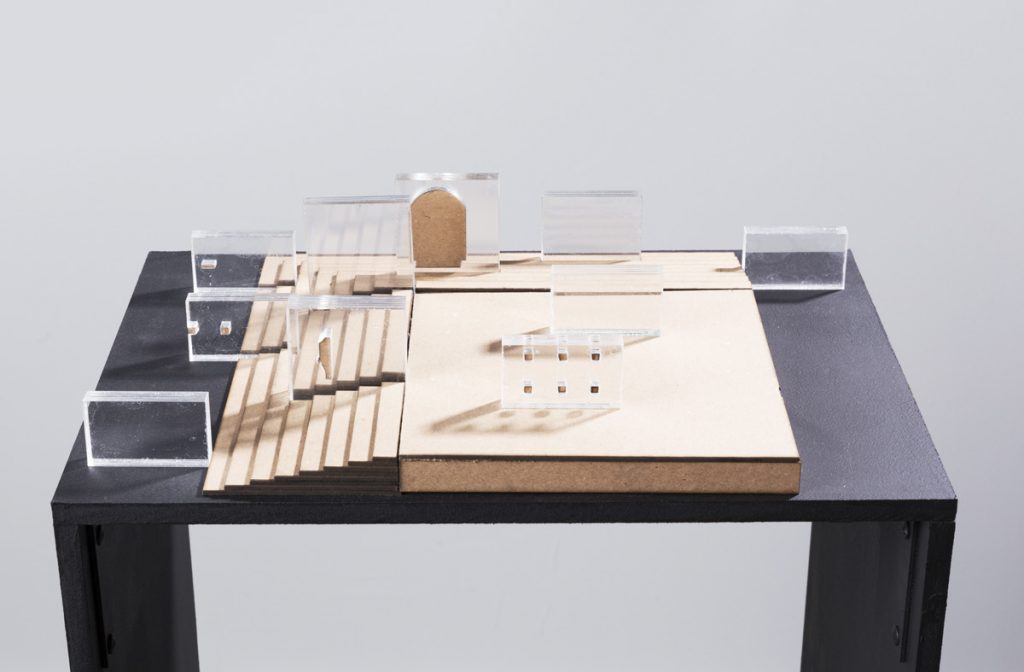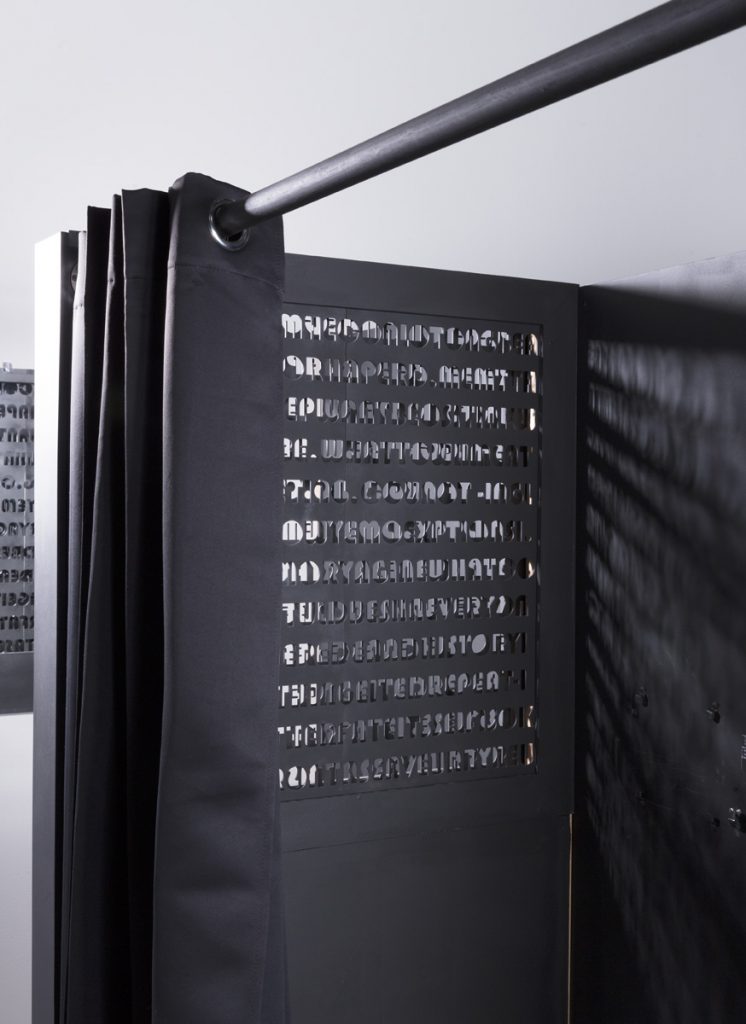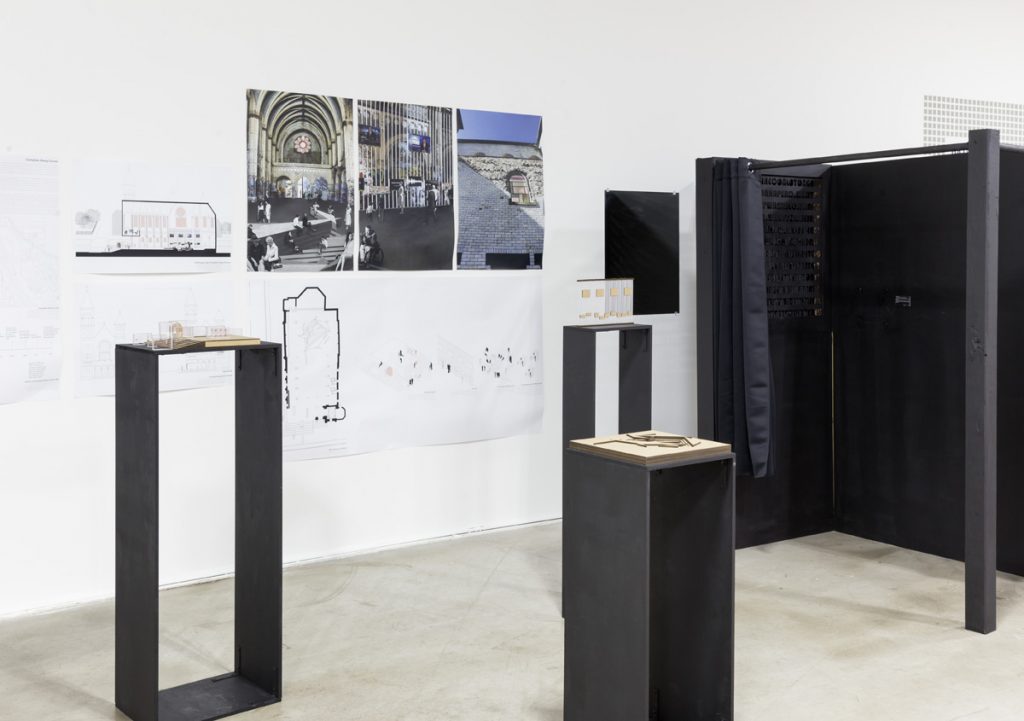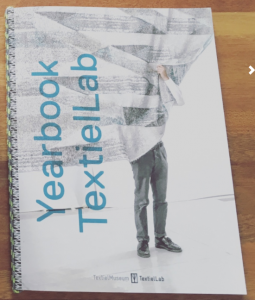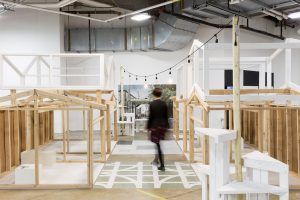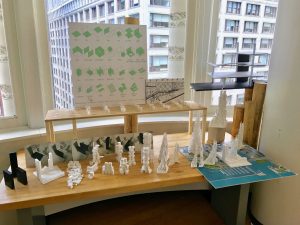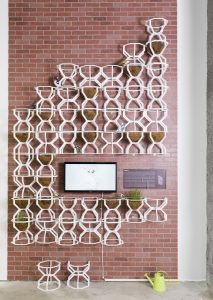Historically the architectural model of the memorial and memorial museum in the United States has been a voyeuristic experience where users approach and ee in a short period of time. Large monuments and museums freeze memories in time and allow individuals to travel to their locations as destinations for brief moments of gazing at statues, plaques, and educational walk-throughs, before departing and continuing with everyday life. New monuments are erected to memorialize events, detached from the human experience and plopped down into the urban landscape. However, current social conditions and political uncertainty call for a new type of “memorial” in which experiential emersion becomes essential and integrates itself into the community of the passerby. By utilizing the existing building stock of historically collective spaces, churches, to host new forms of collective gatherings, these new “memorials” provide communities the opportunity to remember the past, vocalize concerns of the present, and utilize discussion to move to a different future.
Reconceptualization of the monument and memorial museum experience calls for the proposal of a new type of “memorial” which addresses present issues and provides a platform and social gathering space for individuals to re ect on the collective memories and history that has brought us to the current moment. The “memorial” will become ingrained within the site where it is housed and open itself up to a space that is happened upon more often than it is a destination. The space becomes an open platform for discussion and interaction for dealing with the current moment as well as re ecting on memories of the past. The goal of the collective space is to allow anyone access to the platform and to spur engagement in questioning how we remember and what can be learned from memories in order to push towards a stronger future. The conversation from collective gatherings as part of daily engagement rather than brief, super cial interactions with charged histories offers a transformative typology of the everyday monument and memorial.
Churches are continuously closing due to shifts in religious devotion and forms of worship through collective gathering; abandoned churches provide an interesting forum with which to begin to rede ne the collective gathering spaces. Their historic architecture compliments the notion of remembering and provides unique opportunities of slight mimicry and adaption to engage in memory by recording and archiving these moments. Rethinking the adaption of abandoned religious structures and their succession of spaces within, for example, the confessional, has the potential to redirect and in uence current approaches of development such as the adaption of these deserted sites into high-end condominiums. The “program” lends itself to further adaption of the traditional practices of the catholic church, such as the confessional, communal gathering, and song/prayer. Reconceptualization of these practices that bring individuals together and allow individuals to feel untied, connected, and expressive, have immense potential for the new “memorial” concept. Furthermore, utilizing existing buildings, the new “memorial” contributes to the sustainable future of design.




